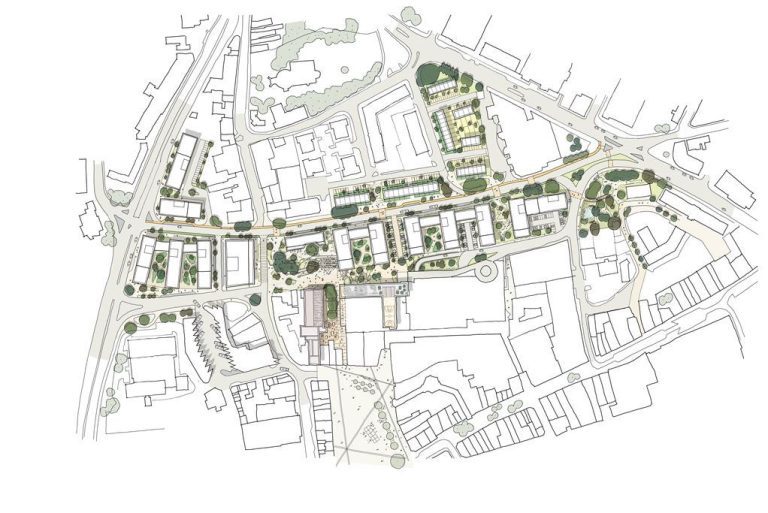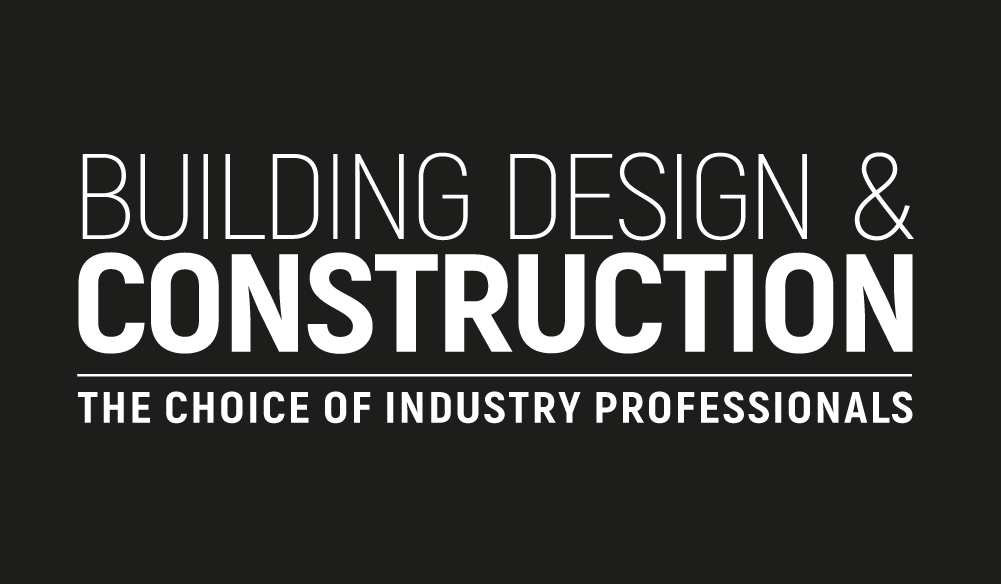Casinos have always been about more than just games. They’re experiences, built from the ground up to keep people engaged, entertained, and immersed. As more people shift from physical tables to screens, it’s interesting to see how some of those same principles are finding new life online. The basics haven’t changed much. Whether someone’s walking across a polished marble floor in a resort or tapping through an app at home, the goal is the same: keep them playing, make it enjoyable, and make it easy. But while the intention stays the same, the execution looks quite different. Translating Physical Design to Screen Walk into a physical casino, and there’s a lot going on strategically from dimmed lighting, plush carpets, eye-catching slot machines, to no clocks on the walls. Every design decision is deliberate. The idea is to create an environment where time melts away, and players feel comfortable staying longer. That thinking has carried over online. Digital platforms now use colour, animation, and sound design to build an engaging atmosphere. There are themed interfaces, ambient background music, and game layouts designed to mimic the spatial logic of a physical floor. What you’d get from a well-lit poker table with a view of the roulette wheel is now replaced with visual cues that guide users through a site without needing to stop and think. This crossover between design and engagement is also one reason the fastest payout casino concept has gained traction. These platforms combine strong visual design with user-first benefits like free spins, welcome bonuses, and fast payment methods. That blend of efficiency and appeal reflects what players now expect: a space that feels exciting but doesn’t waste their time. In many ways, it’s the best of both worlds. It is fast, rewarding, and visually polished, much like the modern resorts that inspired them. Some changes, though, are purely practical. You can’t walk a player through a corridor online, but you can guide them with menus, pop-ups, and promotional banners. This is where digital has the advantage: fewer distractions, instant access, and tighter control over what users see. Even psychological triggers, like near-misses on slot machines or the placement of big jackpots are present, just adapted to the online setting. There’s still a heavy emphasis on emotional cues and subtle encouragement to keep playing, using layout and design as tools. What Stays, What Shifts Not everything from the old-school model makes the leap. You can’t hand someone a drink or offer them a comped room. That part of the hospitality experience doesn’t translate. Instead, digital operators offer reward points, free plays, and tiered VIP systems. While there’s no concierge service, there’s 24/7 customer support, often with instant messaging and AI chatbots trained to handle complex queries. Security has changed too. Where cameras and floor staff once kept things in check, platforms now rely on SSL encryption, ID verification, and audit logs. The goal is keeping users safe and compliant. That remains, but the tools are different. One area where digital platforms arguably outperform is convenience. No travel, no queues, no opening hours. Everything’s on-demand, which means platform designers have to think about speed, simplicity, and mobile access from the start. That’s why responsive design has become standard, ensuring players can switch from desktop to phone without a drop in experience. Looking Ahead Physical casinos are adapting too. We’re seeing resorts adopt more tech, integrating AR, immersive rooms, and even app-based navigation. There’s a mutual exchange happening: physical spaces borrowing from software UX, and websites borrowing from architectural thinking. The line between them continues to blur. It’s not about replacing the in-person experience but about redesigning it to fit a changing audience. Good design is still good design, whether it’s steel and concrete or pixels and code.






